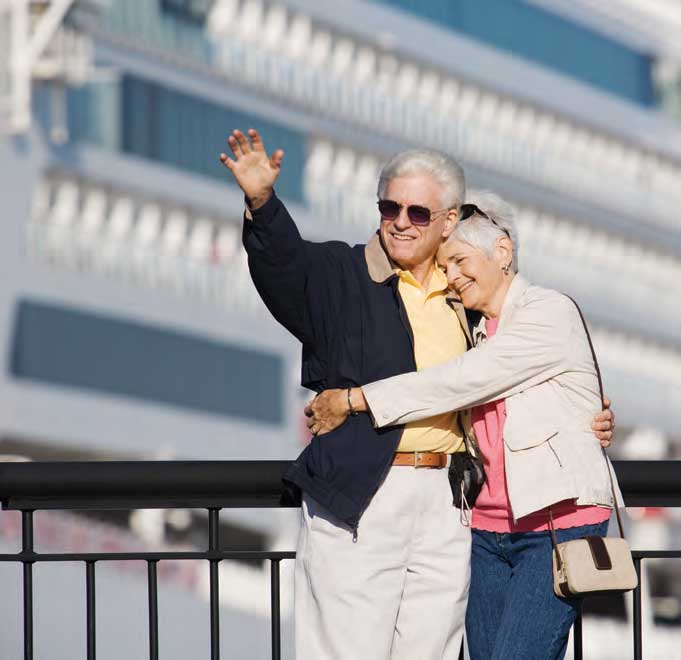
Henry Van Dyke, author, educator, and clergyman in the late 1800s to early 1900s, wrote:
“I am standing upon the seashore. A ship at my side spreads her white sails to the morning breeze and starts for the blue ocean. She is an object of beauty and strength. I stand and watch her until at length she hangs like a speck of white cloud just where the sea and sky come to mingle with each other.
Then someone at my side says: “There, she is gone!”
“Gone where?”
Gone from my sight. That is all. She is just as large in mast and hull and spar as she was when she left my side, and she is just as able to bear her load of living freight to her destined port.
Her diminished size is in me, not in her. And just at that moment when someone at my side says: “There, she is gone!” there are other eyes watching her coming, and other voices ready to take up the glad shout: “Here she comes!”
Life has its beginning and ending, but it also can have its beginning again. We may go through painful experiences that take friends, family children, spouses or parents from us. We sorrowfully say our last goodbye. Those we’ve loved and cared for slip from our presence. Like a grand auction there “going, going and gone.”
Many look at life from this human perspective. This is all there is. There is no tomorrow, no hope, no expectancy. Those we bid farewell simply disappear. They are no longer in our plans. After a while, they may not even be in our thoughts.
But there is something beyond a distant horizon. Departed ones don’t just vanish. They may be out of our sight and consciousness. They may go beyond our ability to even see them, sometimes even beyond our eyes of faith. But when we can no longer visualize them something wonderful happens. Their spiritual seaward journey moves toward an appointed destination. On a distant but real shore, a crowd sings, “Here they come!” What awaits is beyond description.
Someday people will say “goodbye” to us. Are we certain of our direction and destination? Will there be a heavenly crowd singing for us “Here they come!”
Job, through all his losses and troubles, dramatically declared: “For I know that my Redeemer lives, and He shall stand at last on the earth; And after my skin is destroyed, this I know, that in my flesh I shall see God.” (Job 19:25-26)
In our uncertain world, these are things that are sure.
Till next time, Don Johnson, Kirby Pines Chaplain

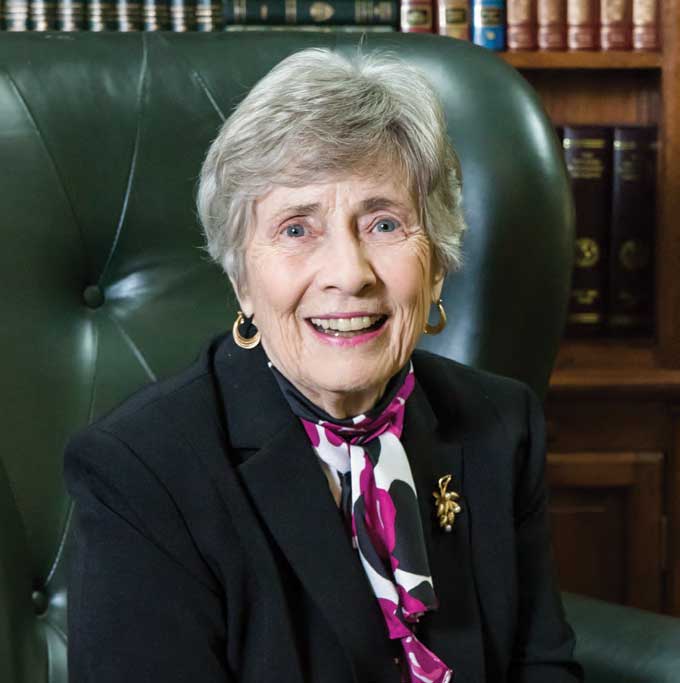
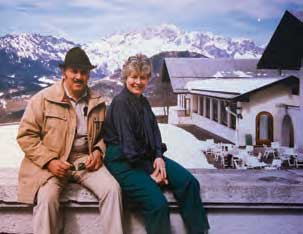
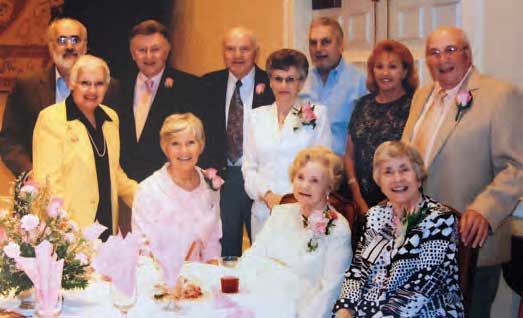

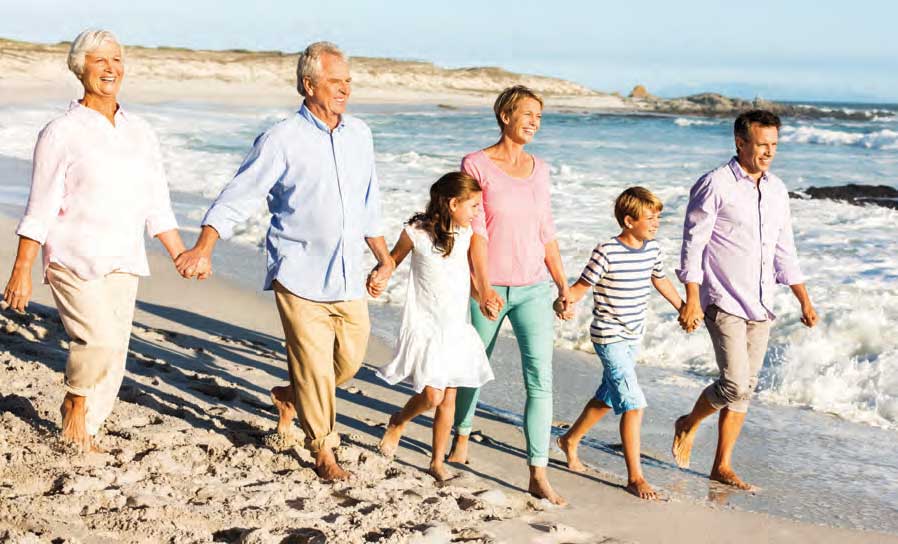

 Important questions face us daily. “Why me? Why this? Why now?” Answers are difficult to find. Reasons are hard to discover. Solutions seem wrapped in secrecy. But more than these there is a unique and powerful question that covers a vaster scope of life. It is the dramatic two-word statement, “What Then?” Issues rise and fall. Circumstances revolve around a sphere greater than earth. We can’t believe what we see in the mirror and are challenged to amazement and at times even bewilderment. I think this question is best illustrated in the words of J. W. Green.
Important questions face us daily. “Why me? Why this? Why now?” Answers are difficult to find. Reasons are hard to discover. Solutions seem wrapped in secrecy. But more than these there is a unique and powerful question that covers a vaster scope of life. It is the dramatic two-word statement, “What Then?” Issues rise and fall. Circumstances revolve around a sphere greater than earth. We can’t believe what we see in the mirror and are challenged to amazement and at times even bewilderment. I think this question is best illustrated in the words of J. W. Green.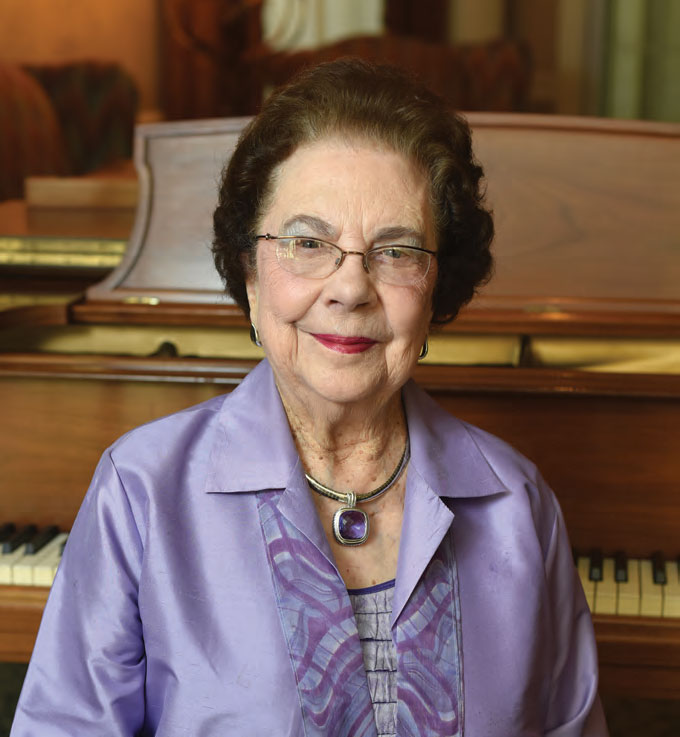
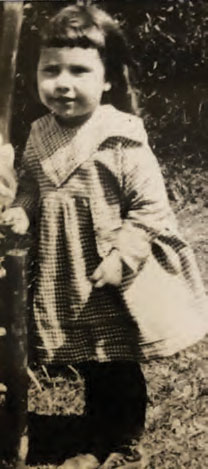
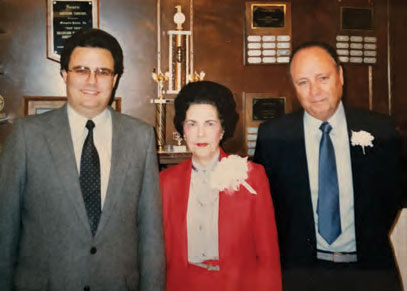
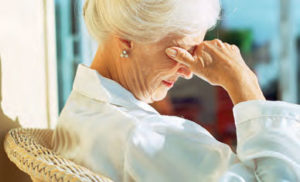 Alzheimer’s disease is a progressive, degenerative disorder that attacks the brain’s nerve cells, or neurons, resulting in loss of memory, thinking and language skills, and behavioral changes. These neurons, which produce the brain chemical, or neurotransmitter, acetylcholine, break connections with other nerve cells and ultimately die. For example, short-term memory fails when Alzheimer’s disease first destroys nerve cells in the hippocampus, and language skills and judgment decline when neurons die in the cerebral cortex. Alzheimer’s disease is the most common cause of dementia, or loss of intellectual function, among people aged 65 and older. Although every case of Alzheimer’s disease is different, experts have identified common warning signs of the brain disease. Alzheimer’s disease is not a normal part of aging, and it is important to look for signs that might indicate Alzheimer’s disease versus basic forgetfulness. With Alzheimer’s disease, these systems gradually increase and become more persistent. If someone is exhibiting these symptoms, the person should check out his or her concerns with a healthcare professional. Awareness of these warning is not a substitute for a structured screening or consultation with a primary care provider.
Alzheimer’s disease is a progressive, degenerative disorder that attacks the brain’s nerve cells, or neurons, resulting in loss of memory, thinking and language skills, and behavioral changes. These neurons, which produce the brain chemical, or neurotransmitter, acetylcholine, break connections with other nerve cells and ultimately die. For example, short-term memory fails when Alzheimer’s disease first destroys nerve cells in the hippocampus, and language skills and judgment decline when neurons die in the cerebral cortex. Alzheimer’s disease is the most common cause of dementia, or loss of intellectual function, among people aged 65 and older. Although every case of Alzheimer’s disease is different, experts have identified common warning signs of the brain disease. Alzheimer’s disease is not a normal part of aging, and it is important to look for signs that might indicate Alzheimer’s disease versus basic forgetfulness. With Alzheimer’s disease, these systems gradually increase and become more persistent. If someone is exhibiting these symptoms, the person should check out his or her concerns with a healthcare professional. Awareness of these warning is not a substitute for a structured screening or consultation with a primary care provider.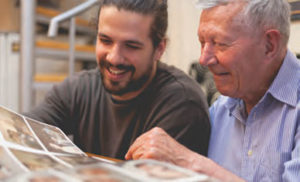 Typical warning signs include: Memory loss, especially of recent events, names, placement of objects, new information, confusion about time and place, and struggling to complete familiar actions, such as brushing teeth or getting dressed. Also trouble finding the appropriate words, completing sentences, and following directions and conversations are signs. There are changes in mood and personality, such as increased suspicion, rapid and persistent mood swings, withdrawal, and disinterest in usual activities.
Typical warning signs include: Memory loss, especially of recent events, names, placement of objects, new information, confusion about time and place, and struggling to complete familiar actions, such as brushing teeth or getting dressed. Also trouble finding the appropriate words, completing sentences, and following directions and conversations are signs. There are changes in mood and personality, such as increased suspicion, rapid and persistent mood swings, withdrawal, and disinterest in usual activities. Clinicians can now diagnose Alzheimer’s disease with up to 90 percent accuracy. But it can only be confirmed by an autopsy, during which pathologists look for the disease’s characteristic plaques and tangles in brain tissue. Clinicians can diagnose “probable” Alzheimer’s disease by taking a complete medical history and conducting lab tests, a physical exam, brain scans and neuropsychological tests that gauge memory, attention, language skills and problem-solving abilities. Proper diagnosis is critical since there are dozens of other causes of memory problems. Some memory problems can be readily treated, such as those caused by vitamin deficiencies or thyroid problems. Other memory problems might result from causes that are not currently reversible, such as Alzheimer’s disease. The sooner an accurate diagnosis of “probable” Alzheimer’s disease is made, the easier it is to manage symptoms and plan for the future.
Clinicians can now diagnose Alzheimer’s disease with up to 90 percent accuracy. But it can only be confirmed by an autopsy, during which pathologists look for the disease’s characteristic plaques and tangles in brain tissue. Clinicians can diagnose “probable” Alzheimer’s disease by taking a complete medical history and conducting lab tests, a physical exam, brain scans and neuropsychological tests that gauge memory, attention, language skills and problem-solving abilities. Proper diagnosis is critical since there are dozens of other causes of memory problems. Some memory problems can be readily treated, such as those caused by vitamin deficiencies or thyroid problems. Other memory problems might result from causes that are not currently reversible, such as Alzheimer’s disease. The sooner an accurate diagnosis of “probable” Alzheimer’s disease is made, the easier it is to manage symptoms and plan for the future.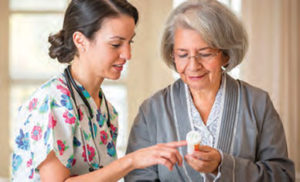 Alzheimer’s disease typically progresses over two to 20 years, and individuals live on average for eight to 10 years from diagnosis. Individuals with Alzheimer’s disease are likely to develop co-existing illnesses and most commonly die from pneumonia. Alzheimer’s disease is among the top 10 leading causes of death in the U.S. It is estimated that as many as 5.1 million Americans may have Alzheimer’s disease. The numbers of people age 65 and older will more than double between 2010 and 2050 to 88.5 million or 20 % of the population; likewise, those 85 and older will rise three-fold, to 19 million, according to the U.S. Census Bureau.
Alzheimer’s disease typically progresses over two to 20 years, and individuals live on average for eight to 10 years from diagnosis. Individuals with Alzheimer’s disease are likely to develop co-existing illnesses and most commonly die from pneumonia. Alzheimer’s disease is among the top 10 leading causes of death in the U.S. It is estimated that as many as 5.1 million Americans may have Alzheimer’s disease. The numbers of people age 65 and older will more than double between 2010 and 2050 to 88.5 million or 20 % of the population; likewise, those 85 and older will rise three-fold, to 19 million, according to the U.S. Census Bureau.

 © 2024 Kirby Pines LifeCare Community. All Rights Reserved |
© 2024 Kirby Pines LifeCare Community. All Rights Reserved | 